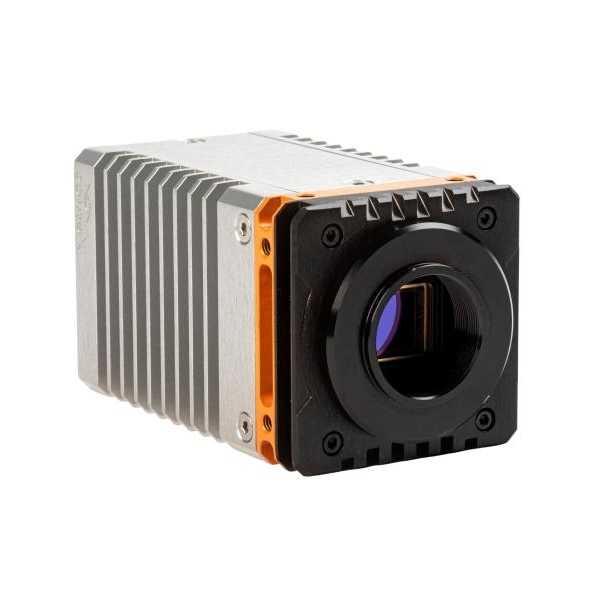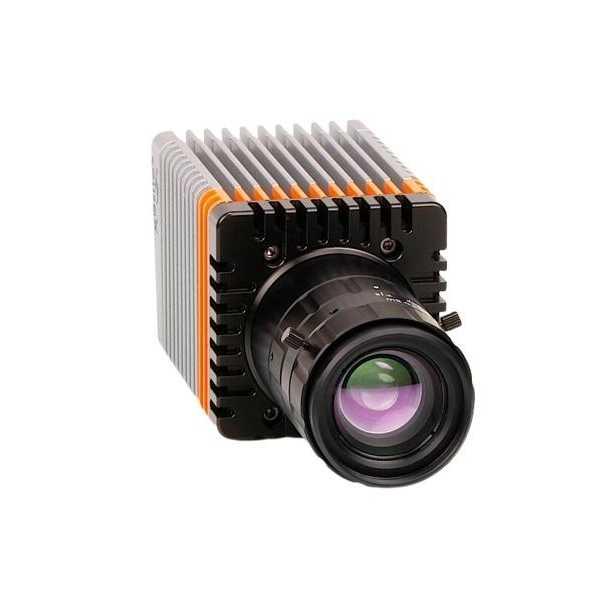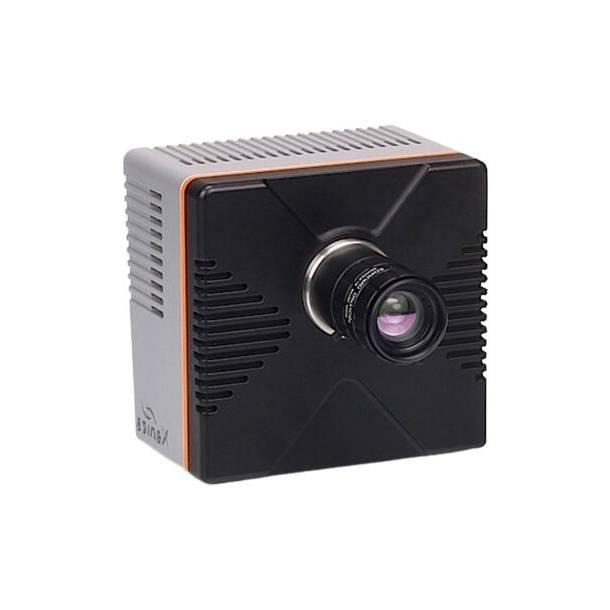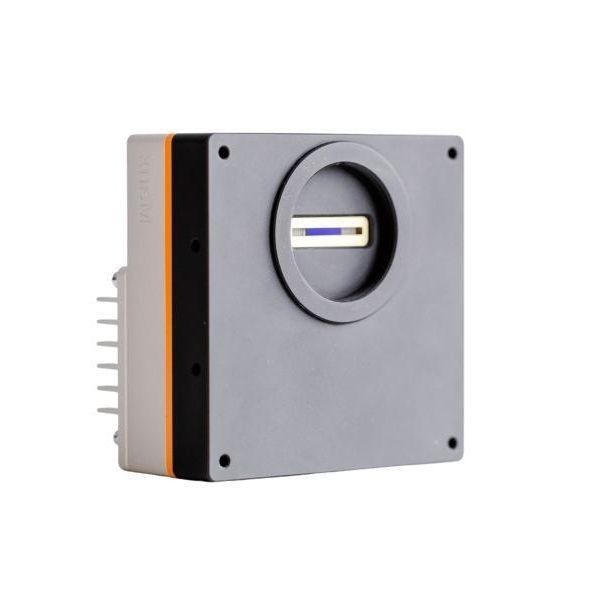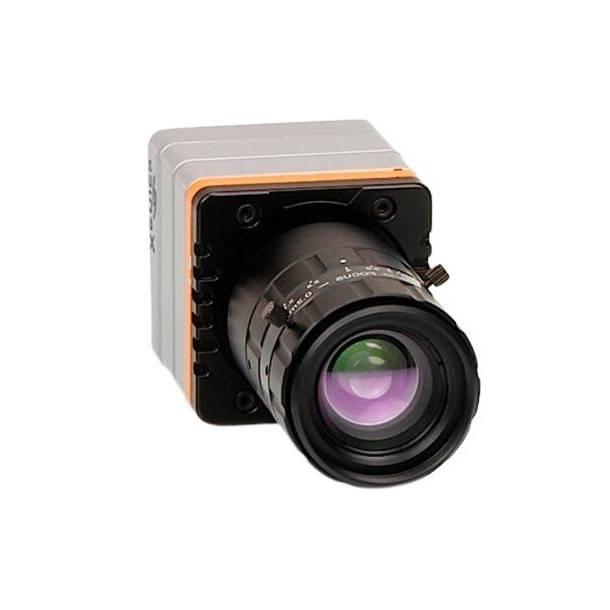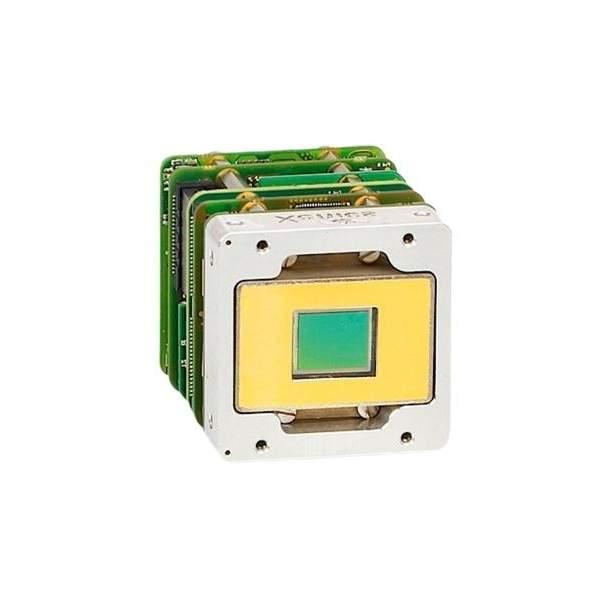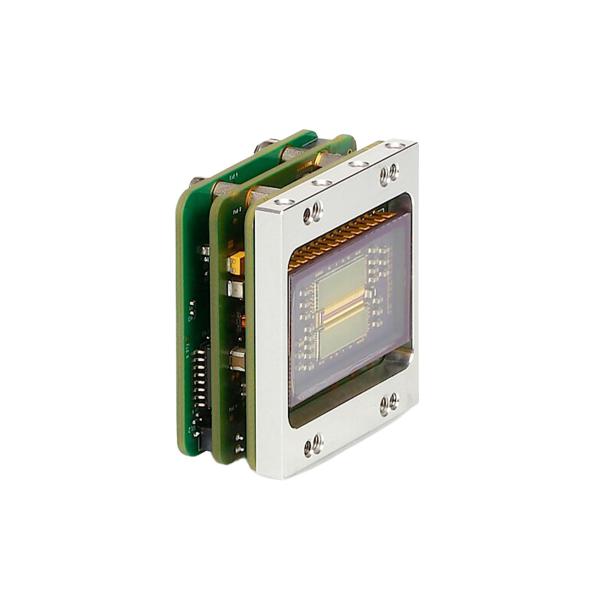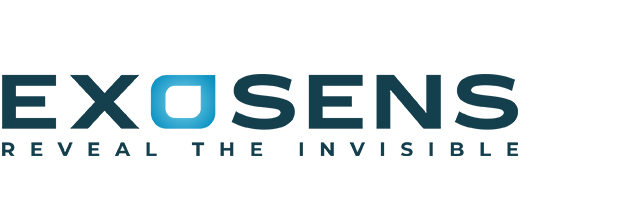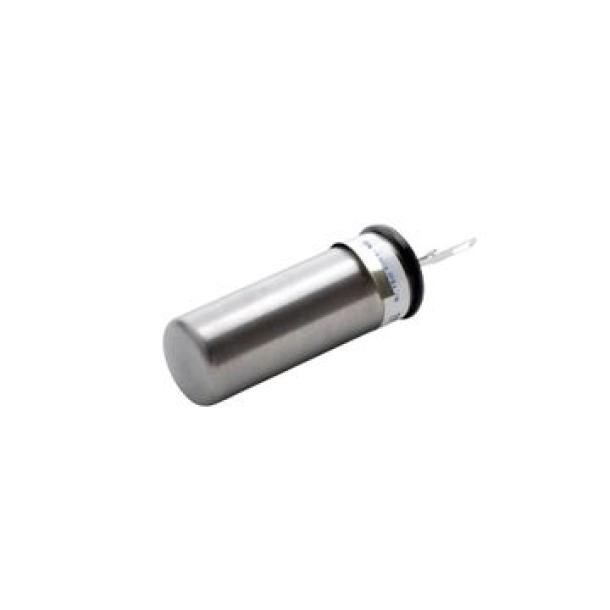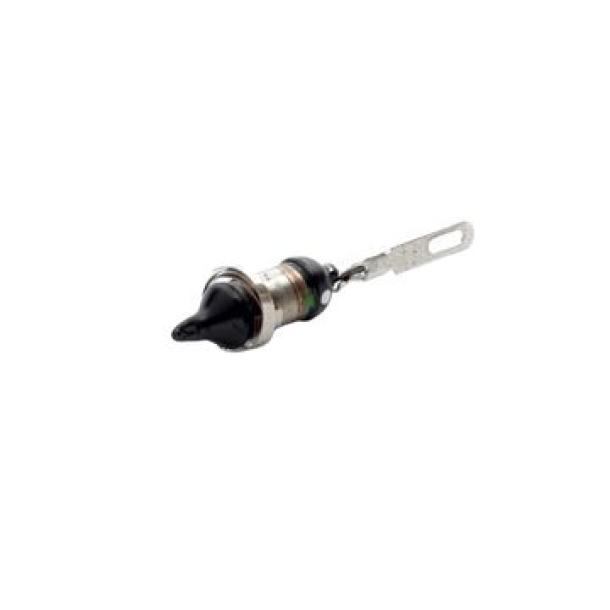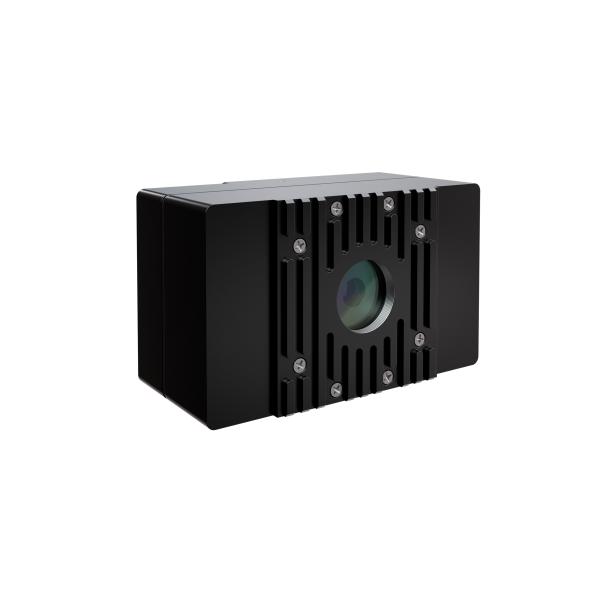One of the most well-known applications of biomedical infrared technology is the detection of feverish individuals at airports. By measuring body temperature, LWIR cameras play a crucial role in helping to reduce the spread of infectious diseases.
In the pharmaceutical industry, SWIR cameras are often integrated into hyperspectral imaging systems. These systems enable inspections based on the spectral signature of drug compounds in the shortwave infrared (SWIR) band, ensuring precision and reliability in pharmaceutical analysis.
Need some answers? Ask our experts!
Contact usChemical & Biological Analysis
A particularly fascinating biomedical application of SWIR technology is fluorescence imaging for deep tissue in-vivo studies. This technique, widely used in cancer research, achieves a resolution of a few millimeters. Following optical excitation, the fluorescence emitted by organic dyes, fluorescent proteins, or quantum dots can be detected in the biological tissue's low-loss window (1000–1700 nm), enabling detailed and non-invasive imaging.
Dental Infrared Imaging
In dental applications, SWIR cameras are utilized in Optical Coherence Tomography (OCT) systems. This allows for early detection of cavities by visualizing the internal structures of teeth and gums, penetrating up to a few millimeters beneath the surface. This capability significantly enhances preventative care and early diagnostics in dentistry.
Pharmaceutical Infrared Imaging
SWIR cameras are extensively used in pharmaceutical applications, particularly in hyperspectral imaging systems. For example, generic drug compounds like aspirin, acetaminophen, vitamin C, and vitamin D can be inspected based on their spectral signatures in the SWIR band. This enables the detection of the presence, absence, or spectral homogeneity of multiple compounds, making it an indispensable tool for quality control and the identification of counterfeit medicines.
Products 12
See all exosens products
